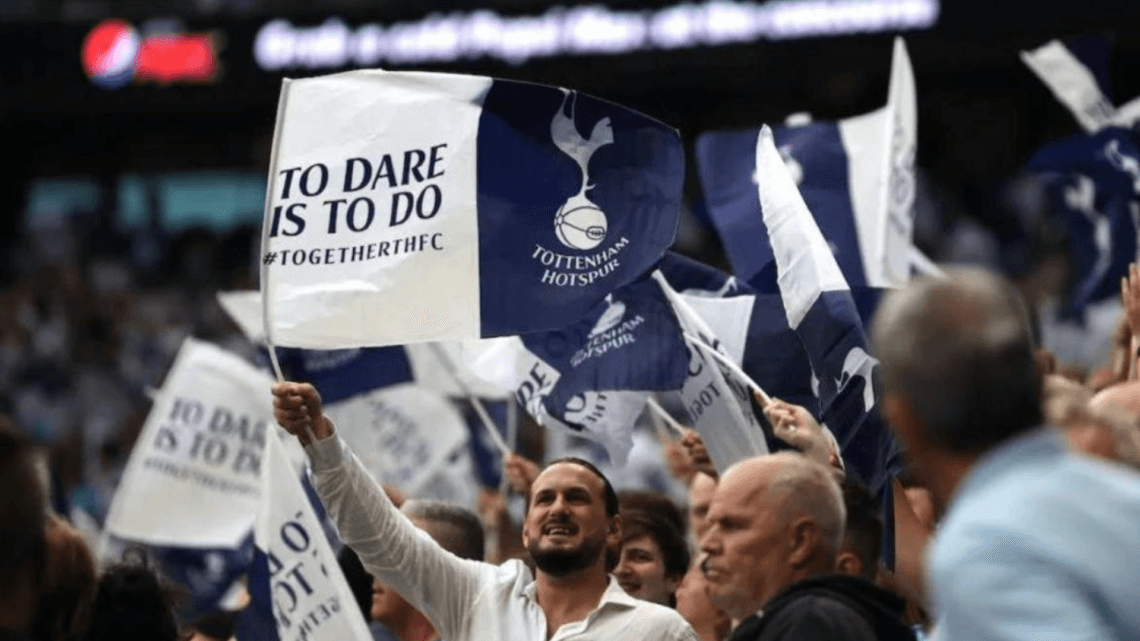Les Ferdinand’s first day at Tottenham Hotspur in 1997 should have been the crowning moment of a glittering career move. Fresh from banging in goals for Newcastle at a rate of one every two games, the £6 million striker arrived at White Hart Lane expecting elite facilities befitting a club of Tottenham’s stature.
Instead, he found a training ground that made him instantly question his decision – sponsored by Pony sportswear, with standards that belonged more to Sunday league than the upper echelons of English football.
“I’ve probably made a mistake,” Ferdinand recalled thinking on the High Performance Podcast, his words dripping with the disappointment of a professional realizing he’d stepped backward.
The training pitches, the medical facilities, even the club’s organizational structure – none met the expectations of a striker who had just come from Kevin Keegan’s enterprising Newcastle side. His subsequent struggles (a goal every 3.8 games compared to every 1.7 at Newcastle) tell their own story about how environment impacts performance.
| Club | Appearances | Goals | Assists | Goals/Game |
|---|---|---|---|---|
| QPR | 171 | 83 | 23 | 0.49 |
| Newcastle | 84 | 50 | 15 | 0.60 |
| Tottenham | 147 | 39 | 6 | 0.27 |
Fast forward twenty-seven years, and Tottenham’s facilities represent one of football’s most dramatic infrastructure transformations. Daniel Levy’s much-maligned tenure has delivered two crown jewels that have redefined the club’s operational standards:
- Tottenham Hotspur Stadium – A £1.2 billion architectural marvel with retractable pitches, microbreweries, and the league’s largest single-tier stand
- Hotspur Way Training Complex – A 77-acre, £50 million facility rivalling national team bases, complete with hydrotherapy pools and bespoke player apartments
The contrast between Ferdinand’s “Pony era” Spurs and today’s operation couldn’t be starker. Where the 1990s version cycled through four managers in five years amidst boardroom chaos, the current setup boasts organizational stability that has attracted serial winners like Antonio Conte and world-class talents like Harry Kane.
Levy’s infrastructure revolution has yielded tangible benefits beyond prestige. Player recruitment has been transformed – top targets now tour facilities that surpass most Champions League clubs.
Injury recovery times have improved dramatically thanks to cutting-edge medical suites. Commercial revenues have skyrocketed from £14m in 2001 to £180m last year, directly funding transfers like the £60m capture of Richarlison.
Yet Ferdinand’s recollections serve as an important reminder of how far Tottenham have come. His experience epitomizes the “Spursy” stereotype the club has worked so hard to eradicate – the talented players underperforming in subpar conditions.
Today’s stars enjoy dressing rooms with individual climate control, not the leaky portakabins of Ferdinand’s era.
The infrastructure gap between Tottenham and their “Big Six” rivals has not just closed – it’s been reversed. Where Manchester United’s Carrington training ground now looks dated and Chelsea scramble to upgrade Cobham, Spurs boast facilities that set global standards.
Even Pep Guardiola called their stadium “the best in the world,” high praise from a manager accustomed to the Camp Nou and Allianz Arena.
Ferdinand’s story ultimately highlights football’s evolution from backroom chaos to corporate precision. While critics will always debate Levy’s transfer market decisions, his legacy as the architect of Tottenham’s physical transformation is secure.
From Pony kits to palatial grounds, the journey mirrors the Premier League’s own metamorphosis – and serves as a cautionary tale about how infrastructure impacts performance.
As Tottenham chase trophies in their state-of-the-art home, they do so on foundations far stronger than the shaky ground Ferdinand encountered on that disappointing first day.

